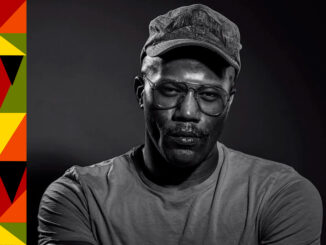
by Tomm Carroll
Amazon Studios’ Transparent is arguably much more than just a hit web series. It’s a phenomenon that pushes the envelope in terms of social, political and gender-role mores. “It’s creating social change that we are seeing in the world right now,” Sunny Hodge, one of its picture editors, tells our writer Laura Almo, who interviewed Hodge and her colleagues for this issue’s cover story. “And it’s so exciting and rare to be editing a show that is at the forefront of that change.”

With a transgender lead character, Maura (portrayed by actor Jeffrey Tambor, who has won numerous awards for the role), the series’ “webisodes” deal with LGBT concerns and boundary issues, but also relationships, sex, feminism, religion, drug use and more. Transparent’s picture editing and cinematography have an unconventional and free-flowing feel to them as well, as Hodge, Hilda Rasula, Christal Khatib and the show’s original editor, Cate Haight, ACE, discuss in the interview. The series’ fourth season will be available for streaming September 22.
In addition, sex roles play a part in Battle of the Sexes, the feature film depicting the 1973 tennis match between the No. 1-ranked Billie Jean King and former champ Bobby Riggs, which opens September 22 through Fox Searchlight Pictures. The film’s supervising sound editors Mildred Iatrou and Ai-Ling Lee (the latter also sound designer and re-recording mixer) explain to writer Debra Kaufman how they fashioned and finessed the soundscape for Battle, including re-creating sounds from the era, often using period broadcasts and even a vintage microphone — that they managed to find and buy on Amazon.com.
In addition, sex roles play a part in Battle of the Sexes, the feature film depicting the 1973 tennis match between the No. 1-ranked Billie Jean King and former champ Bobby Riggs.
Going even further back, we find gender issues at the heart of the “This Quarter in Film History” column, as film scholar Edward Landler explores 1937’s Stage Door with its remarkable ensemble of women making their mark as strong individuals seeking careers on the New York stage.
Del Spiva came from a musical family and wanted to work in music, but confesses to writer Michael Goldman that before he got into the industry, he didn’t even know what a music editor was. Now, he’s in demand as just that, and has worked on a wide range of projects — many of which are being released this summer and fall. Grateful for the guidance and experience he received by working for sound editors, music editors and composers who gave him a chance, Spiva is paying things forward, and mentoring young professionals in the industry, especially those in the increasingly scarce job of assistant music editor.
Visual effects editor Mark Herman also had no connections to the film industry, but his childhood love for movies led him to bounce around, dabbling in documentaries and commercials, and then working in sound, music and picture editorial before finally finding his niche in visual effects. He tells his own story in our recurring column on how our members got their start in the business, “Union Made.”
Re-recording mixer Rick Alexander, on the other hand, followed in the footsteps — or at least the tracks — of his father, Richard Alexander, a noted re-recording mixer himself, now retired. Rick sits down with Peter Tonguette, author of the regular column “My Most Memorable Film,” to talk about Ronin, John Frankenheimer’s 1998 action thriller, on which he worked with fellow mixer Richard D. Rogers. “[Frankenheimer] would pick out things that he wanted a certain way, so we would take that in the mix and interpret it the way we felt was correct. He trusted us,” Alexander relates.





